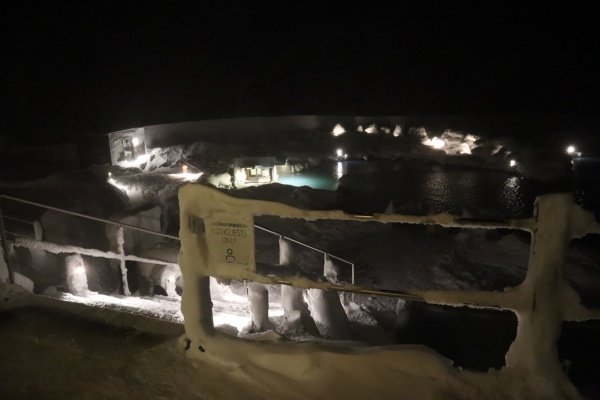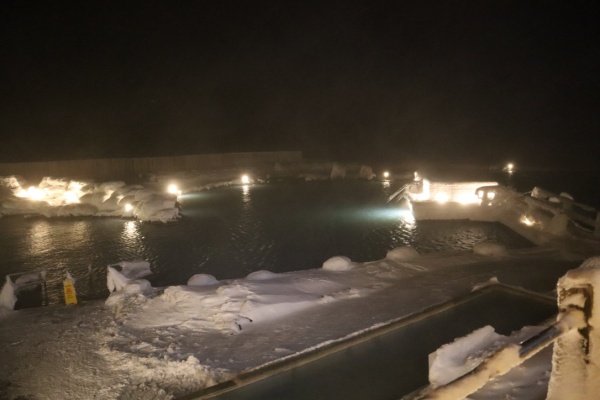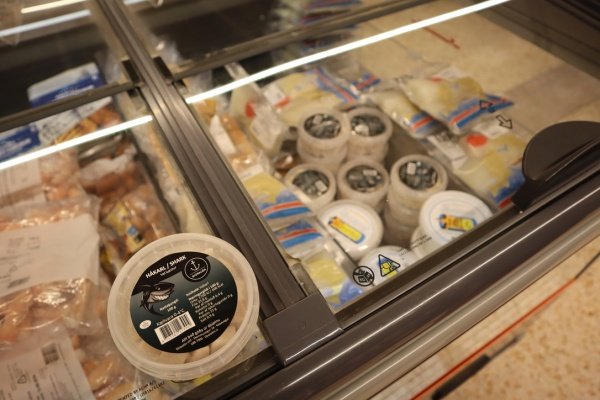Icelandic Winter Chronicles: Part 5 – Tows, Thermal Baths, and Fermented Shark Trials
Today was mostly a snowboarding day with the kids, so there weren’t too many “adventures” to capture—except for one unplanned, unforgettable event: my car got towed. Given Iceland’s recent monster snowstorms, I’d say it was practically a miracle I hadn’t been towed already. The entire country has been facing one of the worst snowstorms in decades, with countless cars being towed, as I’d read online. Today, it was my turn.
The road to the ski resort was buried in snow, and visibility was non-existent. I thought I was safely following the car in front of me, but I accidentally steered straight into a snowdrift and got completely stuck. I tried shoveling myself out, even borrowing a shovel from the ski resort, but it was a lost cause. So, after several phone calls, I found a towing service in Akureyri, and a truck came to my rescue within 30 minutes.
Speaking of Akureyri, it’s Iceland’s second-largest city with a population of just around 20,000—small by American standards, especially for someone like me from New York. But Akureyri packs in a surprising number of activities, no matter the season. For example, Hlíðarfjall, a cozy ski resort just a 10-minute drive from downtown, offers skiing and snowboarding at about half the cost of New York prices. For 5,000–6,000 ISK (around $40) for adults and about 1,500 ISK ($15) for kids, you’re getting a steal in an incredible setting. The photo I took looks like evening skiing, doesn’t it? Well, that was 11 a.m.—daylight in Iceland during winter is just that elusive!
After snowboarding, we took a scenic two-hour drive to Mývatn Nature Baths, known as the “Blue Lagoon of the North.” Located in the volcanic Lake Mývatn region, the baths are geothermal, filled with mineral-rich water that’s naturally heated by the volcanic activity below. Its remote location means it’s rarely crowded and costs about half the price of the Blue Lagoon. Plus, the surrounding lava fields, craters, and hot springs make the entire area feel like a beautiful, surreal escape.
Before heading back to our apartment, we stopped by a local market and picked up some hákarl, Iceland’s infamous fermented shark. Known for its powerful smell and flavor, hákarl has long been part of Icelandic culture and is certainly one of the most talked-about “acquired tastes” in the world. Icelanders themselves sometimes view it as an “experience” food, and for visitors, it’s a memorable one. I expected the worst based on others’ reactions, but it wasn’t as intense as I’d thought. Its strong scent is probably what throws people off; I’ve actually smelled similar fermented foods in Japan. Japanese cuisine has a few similar dishes, like shiokara (fermented squid) and kusaya (fermented fish), that also use controlled fermentation to create shelf-stable foods. While hákarl might not be for everyone, it’s definitely worth a try if you’re looking for a taste of Icelandic tradition.
With another action-packed day behind us, I’m already looking forward to seeing what Iceland has in store for tomorrow.









